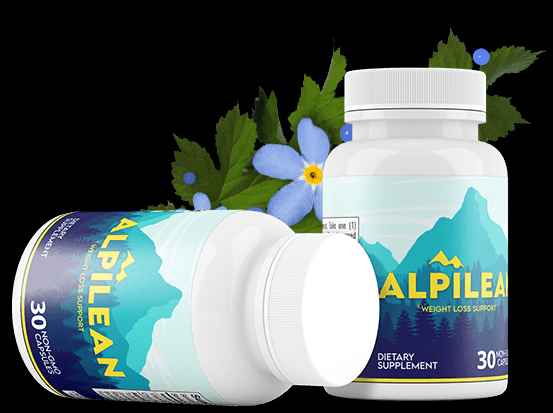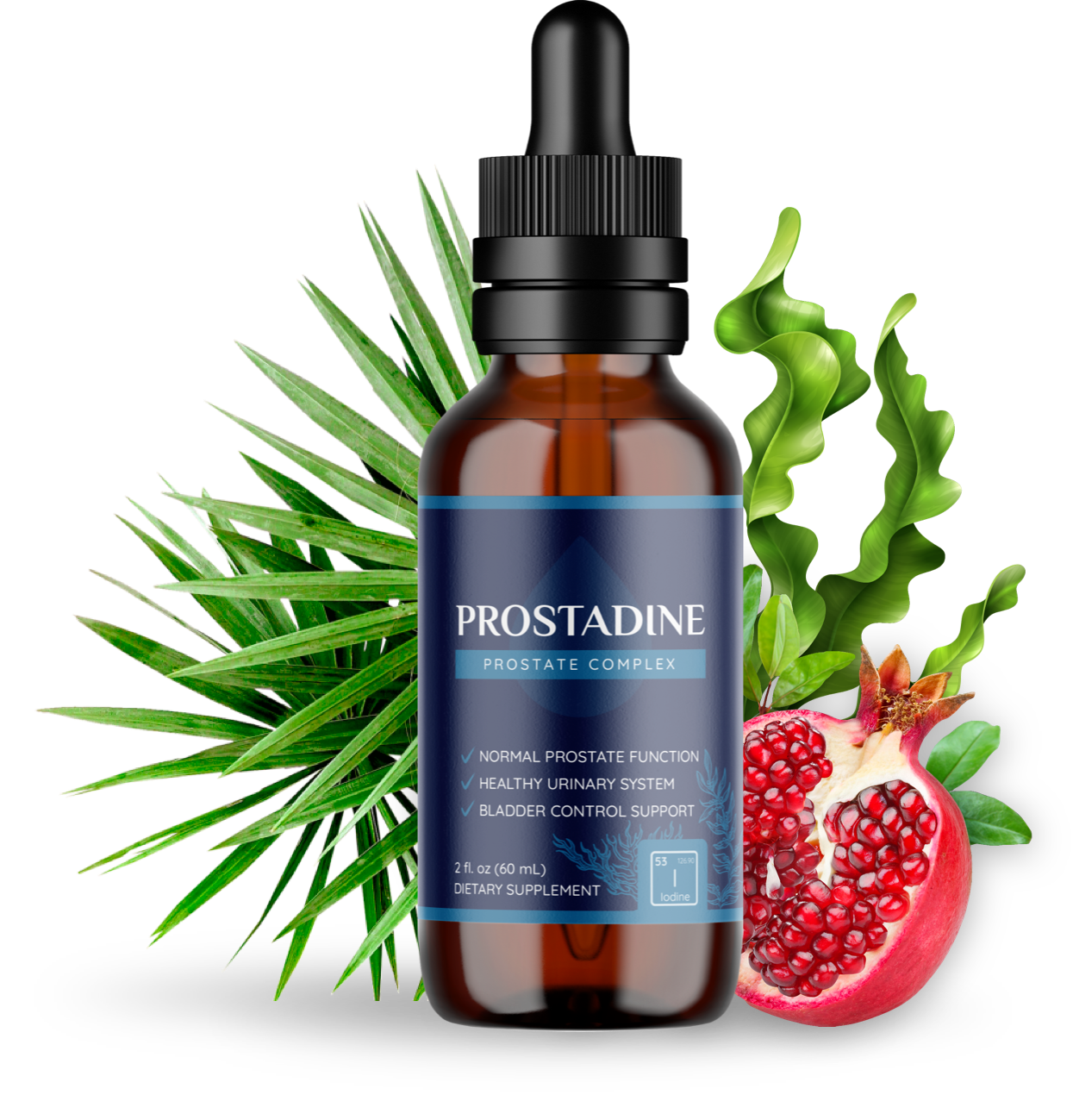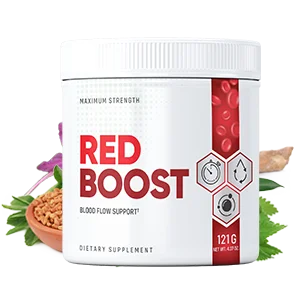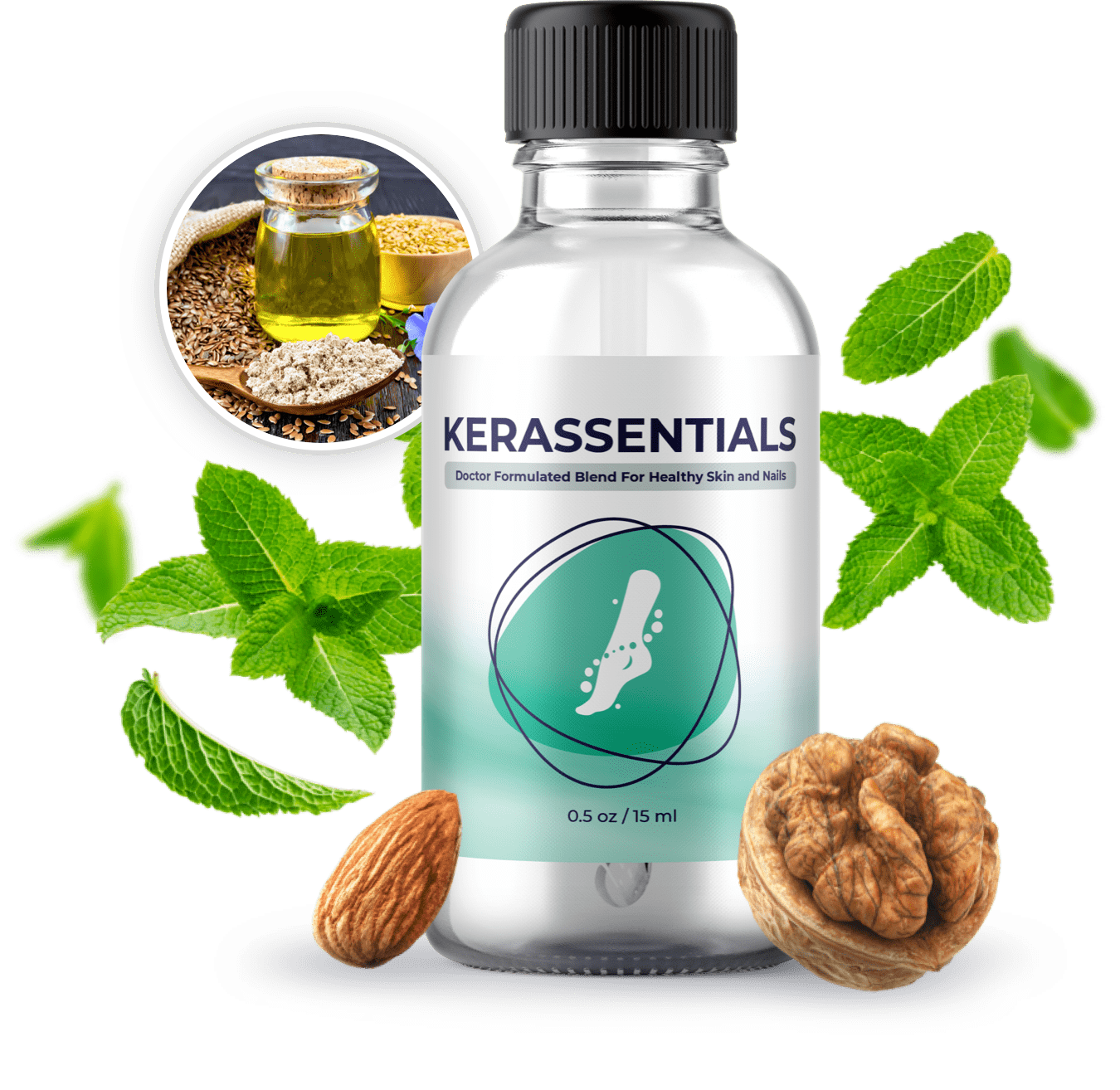Hate Soggy Mushrooms? An Expert Chef Says You May Be Storing Them Incorrectly
Shiitake happens, but not to your mushrooms.
Few things excite me as much as shopping at my local farmer’s market every Sunday. Although the vendors rarely change—I have my favorites—the selection is never the same, and nothing brings me more joy than discovering new ingredients to play with in my kitchen every single time. (Hence, I recently ended up with one too many cartons of trumpet mushrooms than expected.)
But mushrooms are much more forgiving, unlike the perfectly ripe avocados I picked up—which have a maximum shelf life of about a day before they brown in the blink of an eye. That is if you know how to store them correctly.
Ahead, Michael Handal, chef-instructor of culinary arts at the Institute of Culinary Education’s New York City campus, shares a few foolproof tips for keeping this nutrient-dense veggie (yes, mushrooms are technically considered a vegetable) nice and plump for days on end.
How to wash mushrooms
According to Handal, the best way to wash mushrooms is, well, you just don’t (at least you don’t want to submerge them in water fully). “In general, mushrooms are better served by not washing them before cooking,” Handal says. “[Most commercial-grade] mushrooms are grown in carefully controlled indoor environments and are handled under conditions that prevent contamination from [harmful] pathogens.” Introducing water into the mix can disrupt the spongy and porous texture of certain types of mushrooms. In fact, according to America’s Test Kitchen, after submerging mushrooms with exposed gills—think oyster mushrooms—in water for just one minute, they absorbed as much as 25 percent of their weight in liquid.
Handal says the better way to “wash” mushrooms is by simply brushing off any dirt. “The most common reason proposed for washing mushrooms is to remove the compost used to grow the mushroom,” he says. “It would be enough to simply brush away this material with a dry pastry brush or, at most, wipe with a damp paper towel.”
Keep in mind that cleaning mushrooms before storing them is unnecessary—a little dusting right before cooking them should be more than enough. The less moisture, the longer they’ll hold up. You can see where this is going, right?
How do you keep mushrooms fresh longer?
For maximum freshness, Handal recommends storing fresh mushrooms in the original container you bought them in the refrigerator’s main compartment. “There, they will receive proper circulation of cool air. The produce compartment or crisper bin does not allow for proper airflow,” he says—the ultimate goal: Key moisture under control to prevent a soggy mushroom disaster.
Meanwhile, if the mushrooms are purchased loose, Handal says it’s best to transfer them to a brown paper bag before stashing them in the fridge. “Carefully place the mushrooms inside the bag and seal it by folding the top several times,” he says. “The bag will allow for cool airflow and moisture control.”
Handal also recommends avoiding meal-prepping mushrooms before storing them in the fridge. “Fresh mushrooms should be stored whole and not sliced; slicing will cause the mushrooms to oxidize and brown substantially faster than their whole counterparts,” he says.
How long will mushrooms last in the fridge?
As a rule of thumb, to ensure maximum freshness and taste, Handal says mushrooms stored in the fridge should be used within seven days. To reiterate, avoid washing them until right before use to help limit the moisture exposure as much as possible and the growth of any harmful bacteria due to trapped humidity.
On the flip side, dried mushrooms will last much longer. To dry mushrooms, first, clean them thoroughly to remove any dirt or debris. Then, either use a food dehydrator or lay them out on a baking sheet in a single layer and dry them in the oven at a low temperature (around 140°F or 60°C) until they are crisp and completely dry, which usually takes several hours.
“Dried mushrooms should remain quite usable for six months or longer when held in a tightly-sealed plastic bag or plastic dry food container,” Handal says. Plus, there’s no need to freeze them either.
Can you freeze mushrooms raw?
If you aren’t planning on using mushrooms within seven days from when you got them, it’s best to freeze them. For optimal results, Handal recommends cooking them—”a light sauté or fast oven roast,” he says—before freezing them, as freezing mushrooms raw may compromise their taste and texture once thawed. “Washing the mushrooms and then freezing them in their raw state would allow them to become soggy and wet when defrosted,” Handal says.
What’s the best way to prep mushrooms for cooking?
Once you’re ready to cook your mushrooms, all you’ll need is a pair of sharp knives. “Trim away dry stem ends and the fringed areas on the ends of the mushroom caps with a sharp knife,” Handal says. According to him, a paring knife or small utility knife should do the job nicely. Remember: Always keep your knives sharp—a kitchen safety best practice.
Handal notes that sturdier varieties, like white mushrooms, are very versatile—they can be sliced, diced, quartered, you name it, depending on what the mushroom recipe calls for. On the other hand, oyster mushrooms only require a slight paring of the stem end and a gentle tearing of the mushroom’s top section to prep them for cooking.
Now, if you’re working with portobello mushrooms, you’ll need to enlist the help of a small spoon for the best results. “Portobello mushrooms, of any size, benefit from a removal of the dark gills underneath the cap,” Handal says. “Simply scraping away the gills with the side of a teaspoon will do the trick. This will also greatly enhance the preparation of the mushroom whether it goes on to be sliced, sautéed, or left whole for grilling.”
Once you’re all prepped and ready to cook, the world is your oyster (mushroom). “In general, mushrooms of all types are greatly appreciated in a wide range of recipes, from a simple sauté for a fast pasta, to grilled mushrooms to go with a beautiful porterhouse steak, to a classic French boeuf bourguignon. Enjoying them is key,” Handal says.
Learn how to make a delicious vegan beef bourguignon recipe in mere minutes:
Recommended Story For You :

The alpine secret for healthy weight loss

The Most Potent Fast-Acting Formula For Incinerating Stubborn Fat

Real Cortexi Users Real Life‑Changing Results

This Cold Drink Might Trigger Your Prostate

Red Boost is a powerful new formula for boosting male sexual health.

Everything you eat or drink eventually reaches your liver for processing.

Brand New Probiotics Specially Designed For The Health Of Your Teeth And Gums

Empowering You to Take Control of Your Blood Sugar Health!

Scientists Finally Discover the Root Cause of Belly Fat and Unexplained Weight Gain


